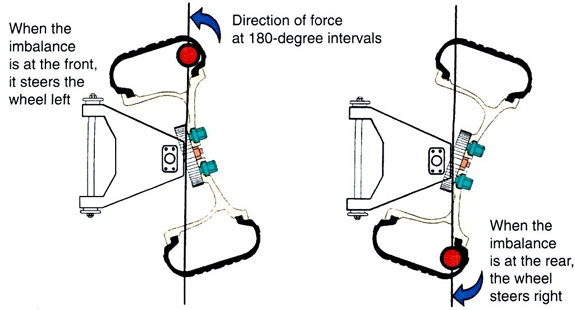RotorAndWing
Final Approach
- Joined
- Sep 5, 2008
- Messages
- 8,496
- Location
- Other side of the world
- Display Name
Display name:
Rotor&Wing
The A&P typically references "Replaced with owner repaired part"
That's not what I asked you.
How does "replaced with owner repaired part" meet the requirements of 14 CFR Part 43?





